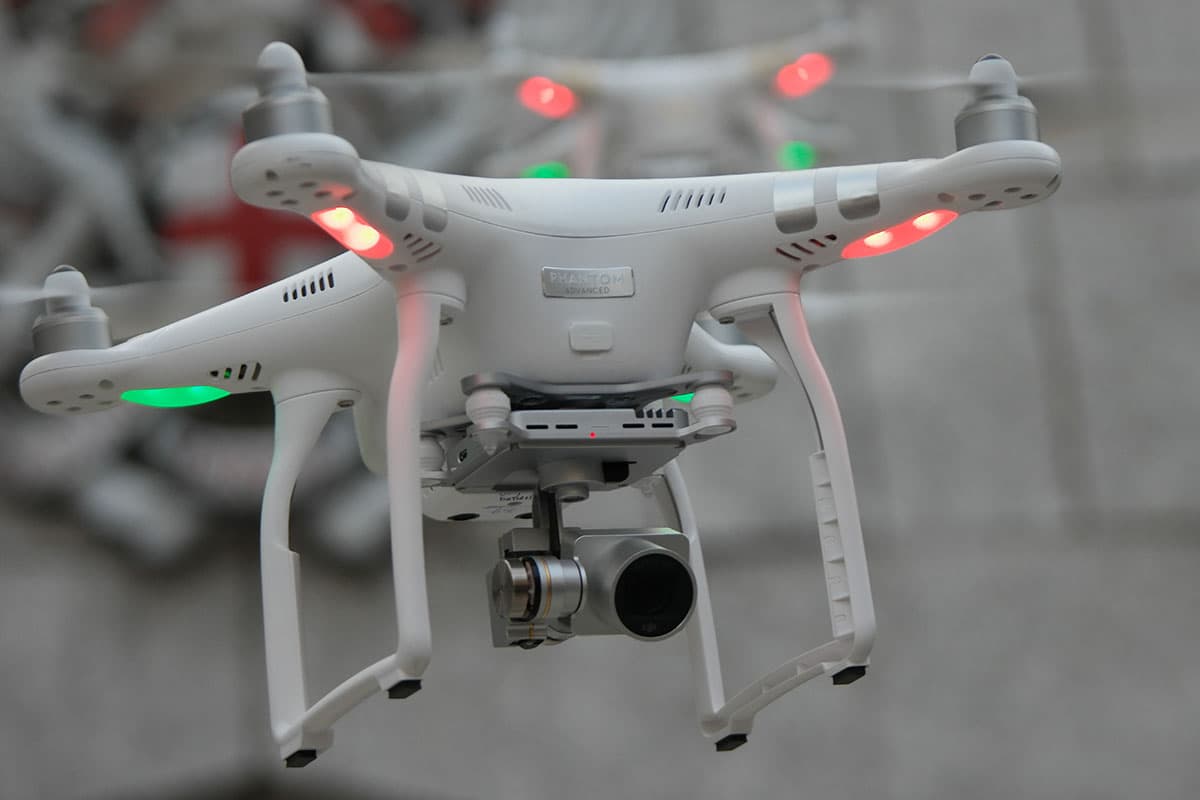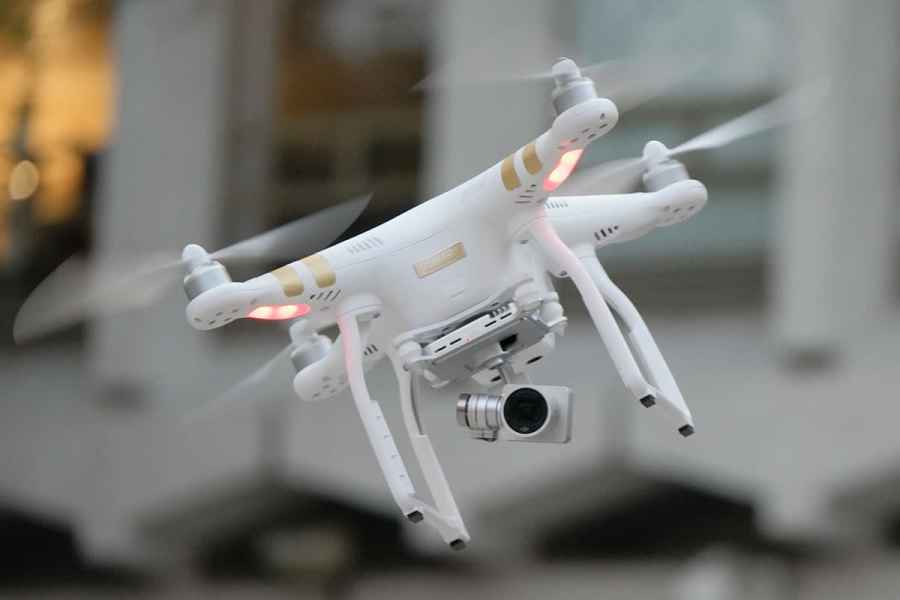If you’re anything like me, you’re probably suffering from information overload when it comes to drones. Are they the future of photography and videography, or a menace to privacy and public safety? I’m not sure I either know or, frankly, care. Until very recently, all I knew was that they weren’t for me, thanks very much.
So why am I writing about them now, and why indeed should you keep on reading? Well having attended the launch event for Chinese drone manufacturer DJI’s latest quadcopter camera platform, the Phantom 3, I think it might just mark the point where photographers should shake off their ennui and start to pay serious attention.
So what is it that matters about this new model? First of all, the camera capabilities. The DJI Phantom 3 Advanced model lets you shoot 12MP DNG raw files, and adjust camera settings – ISO, shutter speed, and exposure compensation – remotely while viewing a 720p HD live view feed at up to a mile range. The lens offers a 94 degree angle of view – equivalent to a 20mm wideangle – with a rectilinear, rather than barrel-distorted view. A 3-axis gimbal provides a fully-stabilised image, no matter what manoeuvre the ‘copter is doing. The sensor is of the 1/2.3″ type, meaning compact-camera level image quality, but even so this sounds like a useful camera to me.

Slung under the Phantom 3 advanced is a camera capable of recording 12MP stills in both JPEG and DNG raw format
Second is the price – just £899 all in. That’s the same price as an enthusiast DSLR or CSC like the Olympus OM-D E-M5 Mark II, and rather less than a 70-200mm f/2.8 lens. But this camera can do something none of your other kit can do: it can fly. This in turn means it can take pictures that you simply can’t get at the moment. If this doesn’t spark just a little bit of interest in its creative potential, whatever will?
But drones must be difficult to fly, right? Well DJI is confident the Phantom 3 is dead easy, even for a novice. With a GPS fixing system it can hold position in a 25mph wind, and dual ultrasonic altimeters prevent it from flying into the ground. DJI says it can be landed at the touch of a button at the end of a flight, which can last up to 23min. Oh, and the entire kit fits in a backpack.
What this means is that the Phantom 3 may mark something of a tipping point: the first sub-£1000 flying camera that both stills photographers and videographers could find useful. I’m not pretending everyone will want one, but I’d be very surprised if it doesn’t spark an explosion of interest in low-budget aerial photography. I know that I’m now seriously interested in giving one a try.
If this all sounds a bit fanciful, then consider this. Little over 10 years ago Canon launched the first sub-£1000 DSLR, the EOS 300D, and declared it a turning point for photography. At the time few saw this as the death knell for the 35mm film SLR, but in retrospect, it was. Maybe now is the time for amateur photographers to take the next step and start launching their cameras into the air.

There’s nothing like a celebrity endorsement to sell your latest product, and DJI enlisted TV presenter Jodie Kidd to talk about her experiences using the Phantom 2, before presenting her with a Phantom 3 to take away and try
See what the DJI Phantom 3 can do by watching AP’s exclusive video interview
Read more about the DJI Phantom 3, and watch video from the launch event in Singapore








